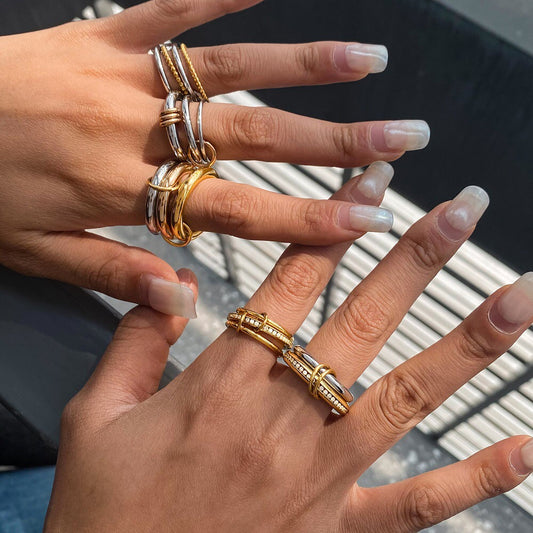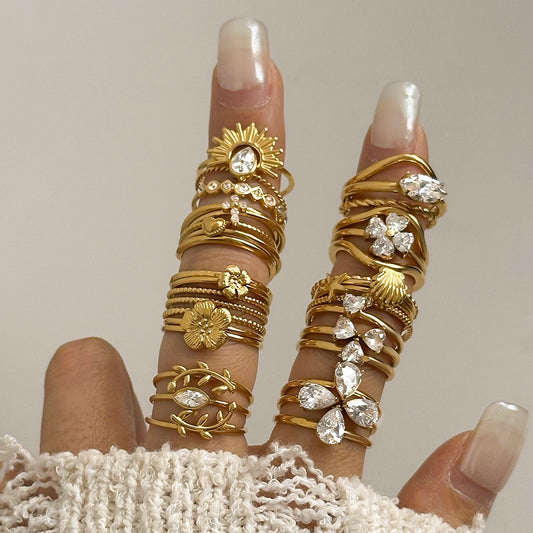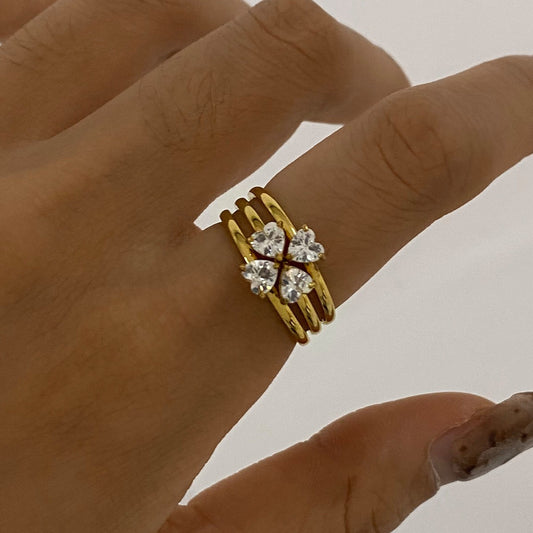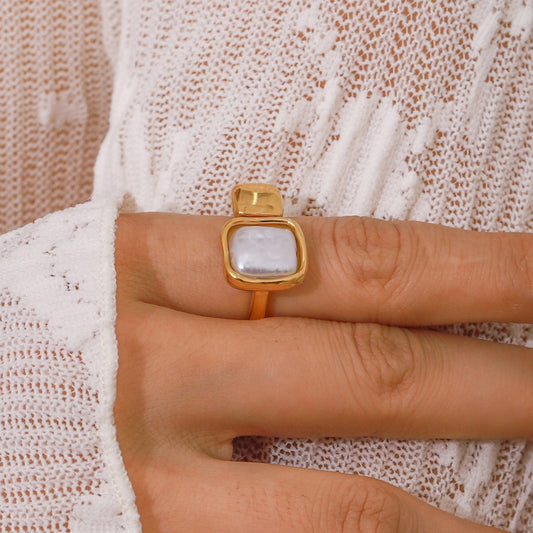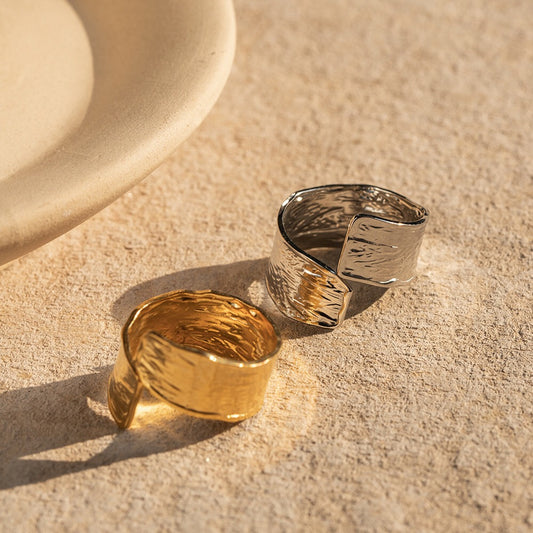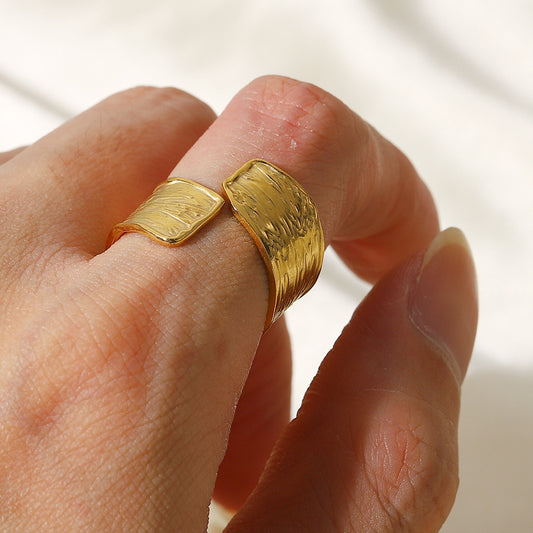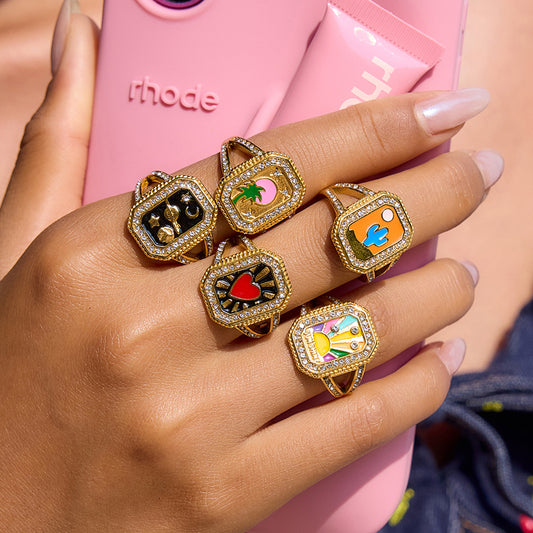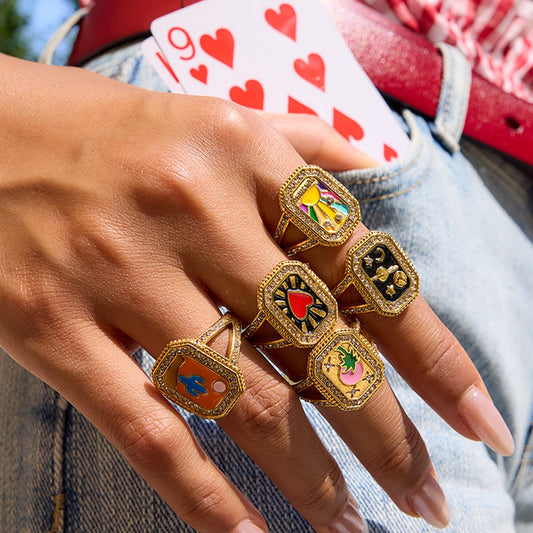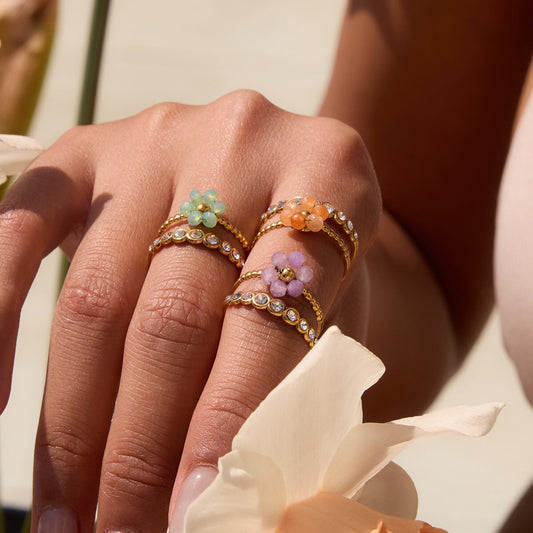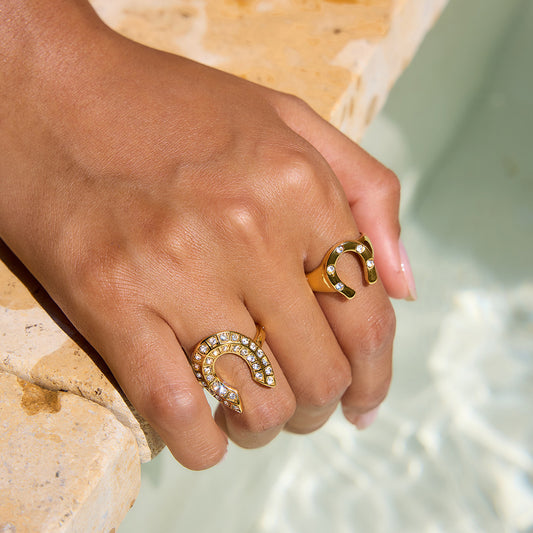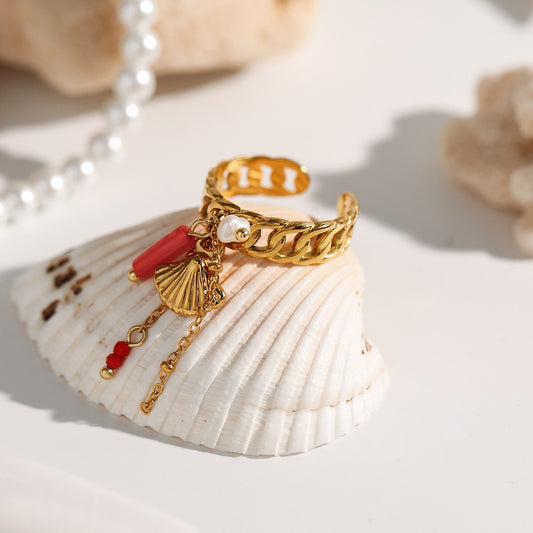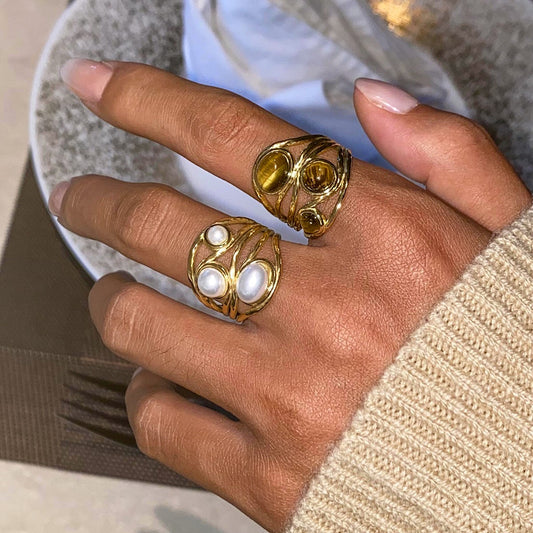Fidget rings have emerged as a game-changer in the world of wearable wellness—blending the practicality of fidget tools with the style of everyday jewelry. The global jewelry market size was estimated at USD 366.79 billion in 2024 and is projected to reach USD 578.45 billion by 2033, growing at a CAGR of 5.3%. Unlike bulky fidget spinners or toys, fidget rings are sleek, wearable, and socially appropriate—perfect for the office, school, or daily errands. Whether you struggle with restlessness, anxiety, or just need a subtle way to keep your hands busy, fidget rings offer a functional yet fashionable solution.

What Are Fidget Rings?
Fidget rings are specialized jewelry pieces designed with movable components that allow for quiet, discreet fidgeting. To understand their appeal, it’s key to explore their core traits and how they differ from traditional rings.
Key Traits of Fidget Rings
Fidget rings stand out for their dual purpose—style and functionality—with these defining features:
-
Movable Components: The heart of the design—parts like spinning bands, sliding beads, rotating charms, or twisting rings that allow for repetitive, calming movements.
-
Discreet Design: Unlike obvious fidget tools, fidget rings look like regular jewelry—no loud clicks or bulky shapes, making them suitable for professional or public settings.
-
Comfort for All-Day Wear: Crafted with smooth edges and lightweight materials (e.g., stainless steel, titanium), they’re designed to be worn from morning to night without irritation.
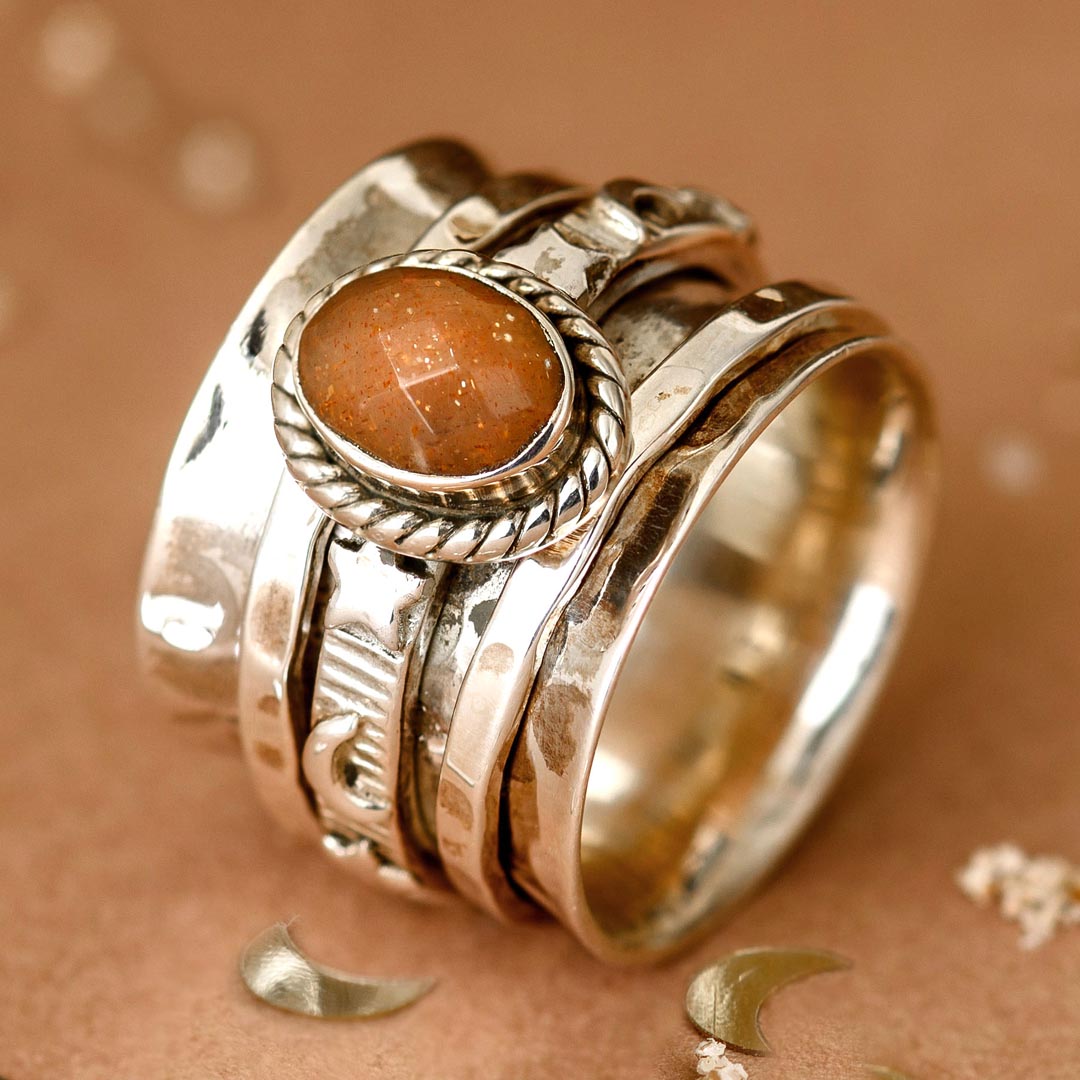
How Fidget Rings Differ from Traditional Rings
Traditional rings are purely decorative or symbolic (e.g., wedding bands), but fidget rings add a functional layer:
-
Purpose: Traditional rings = style/sentiment; fidget rings = style + stress relief/attention support.
-
Design: Traditional rings have fixed components; fidget rings include movable parts (spinners, sliders) for tactile stimulation.
-
Use Case: Traditional rings are for adornment; fidget rings are for active use—calming nerves, improving focus, or relieving boredom.
Why Are Fidget Rings So Popular?
Fidget rings have captured mainstream attention for three unbeatable reasons: their discreet functionality, versatile style, and broad appeal to diverse audiences.
Discreet Stress Relief (On-the-Go Calm)
In a world where anxiety and overstimulation are common, fidget rings offer a quiet escape:
-
No Attention Needed: Spin a band or slide a bead under a desk, in a meeting, or during a commute—no one will notice, but you’ll feel the calming effect of repetitive movement.
-
Tactile Comfort: For those who find comfort in touch (e.g., twisting hair, tapping fingers), fidget rings provide a socially acceptable outlet for these habits.
-
Focus Support: Studies (e.g., from the Journal of Educational Psychology) show that mild fidgeting can improve focus for people with ADHD, autism, or anxiety—fidget rings make this support wearable.
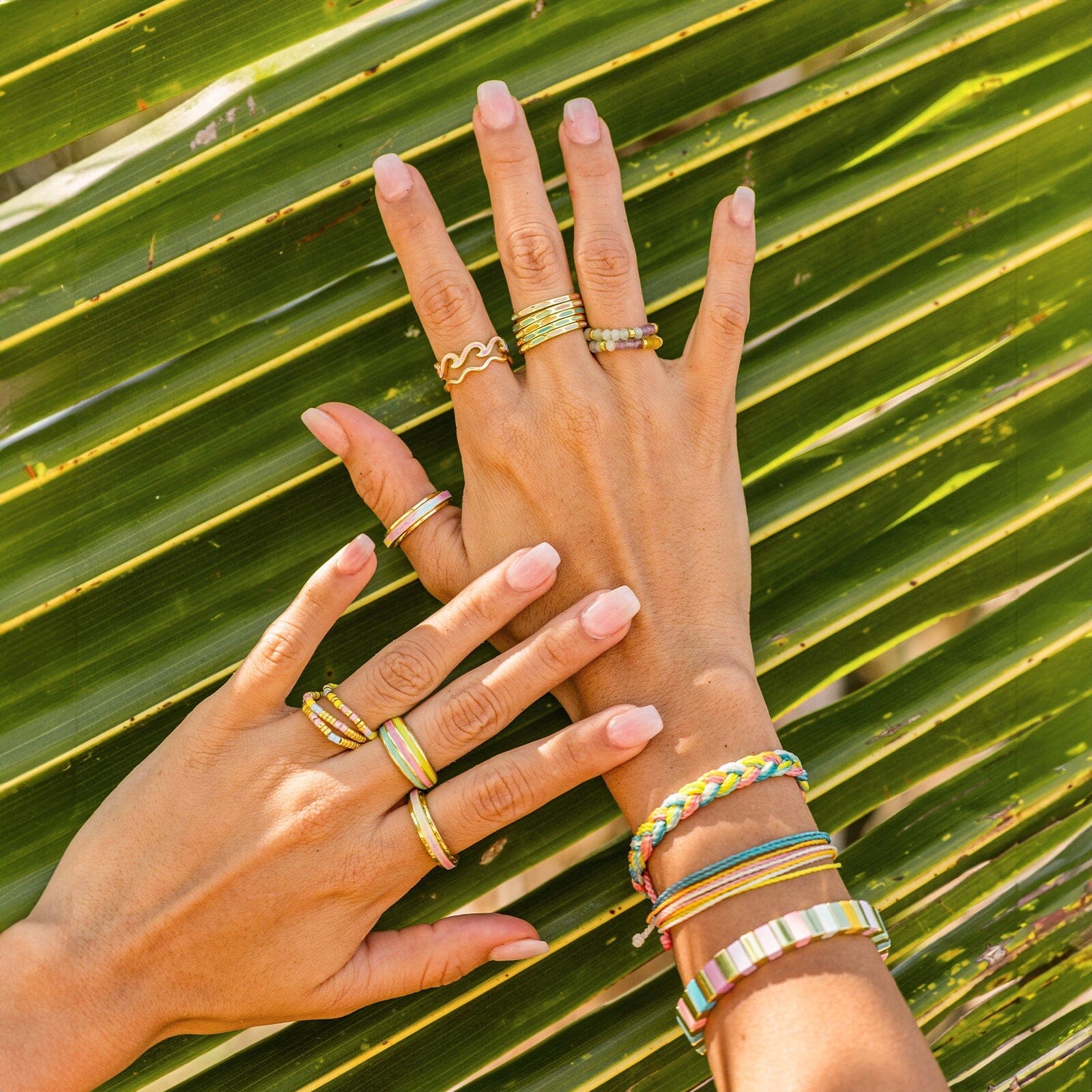
Versatile Style (Looks Like Regular Jewelry)
Fidget rings don’t sacrifice style for function—they come in designs that fit every aesthetic:
-
Minimalist: Thin bands with subtle spinners, perfect for the office or casual wear.
-
Glamorous: Gold-plated or gemstone-accented styles, suitable for dates or formal events.
-
Bold: Wide bands with textured sliders or geometric shapes, ideal for trendsetters.
A 2024 survey by Self Magazine found that 76% of fidget ring wearers chose their ring because it “looked like jewelry first, a fidget tool second.”

Broad Appeal (For Everyone, Every Need)
Fidget rings aren’t limited to one group—they resonate with diverse users:
-
Professionals: Relieve meeting anxiety or desk boredom without disrupting workflow.
-
Students: Stay focused during lectures or exams without fidgeting with pens or erasers.
-
Parents/Caregivers: Relieve stress during busy days while keeping hands free for tasks.
-
Anyone with Anxiety: A constant, subtle tool for grounding during overwhelming moments.
Popular Styles of Fidget Rings
Fidget rings come in a range of designs, each with unique movable components to suit different fidget preferences.
Spinner Fidget Rings (Most Popular)
Spinner rings (also called “meditation rings”) feature an outer band that spins around a fixed inner band—ideal for repetitive, calming movement.
Top Designs:
-
Minimalist Spinner: A thin stainless steel or titanium band with a smooth, spinning outer ring—no extra details, perfect for professionals.
-
Two-Tone Spinner: A gold-plated outer band spinning around a silver inner band—adds subtle contrast without being flashy.
-
Gemstone Spinner: A spinner band accented with small, fixed gemstones (e.g., cubic zirconia, turquoise)—combines sparkle with function.
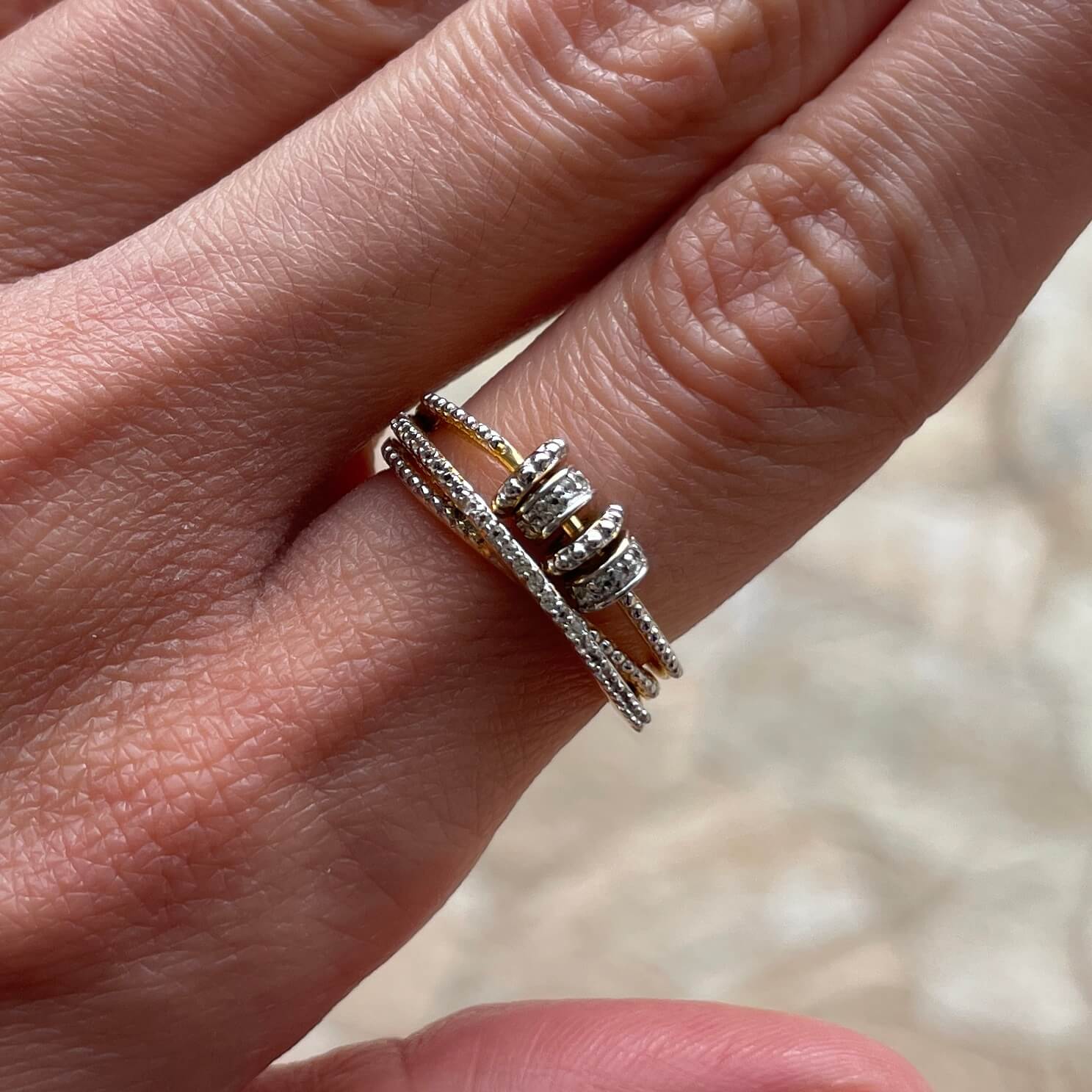
Why They’re Loved:
The circular spinning motion is inherently calming, and the smooth glide of the band feels satisfying without noise.
Slider Fidget Rings (Tactile Stimulation)
Slider rings include small beads, bars, or discs that slide back and forth along a track on the band—great for those who prefer linear movement.
Top Designs:
-
Bead Slider: A thin band with 1–2 small, smooth beads that slide freely—discreet enough for even the most formal settings.
-
Bar Slider: A wider band with a single metal bar that slides along a grooved track—offers more tactile feedback than beads.
-
Double-Slider: Two parallel tracks with separate sliders—ideal for those who want more movement options.
Why They’re Loved:
The back-and-forth motion is intuitive and easy to do without looking, making them perfect for multitasking (e.g., taking notes, listening to a call).
Twister Fidget Rings (Rotational Movement)
Twister rings have two or more interlocking bands that twist around each other—providing a more complex, engaging fidget experience.
Top Designs:
-
Two-Band Twister: Two thin, interlocking bands (e.g., silver and rose gold) that twist in opposite directions—adds visual interest to the movement.
-
Textured Twister: Bands with subtle textures (e.g., hammered, engraved) that enhance the tactile feel when twisting.
-
Minimalist Twister: A single band split into two connected parts that twist—looks like a regular ring until you interact with it.
Why They’re Loved:
The twisting motion requires slightly more focus, making them great for deeper stress relief or when you need to redirect anxious energy.
Charm Fidget Rings (Playful Functionality)
Charm fidget rings combine movable charms with fidget features—ideal for those who love personalized, playful jewelry.
Top Designs:
-
Spinner Charm: A small charm (e.g., heart, star, initial) attached to a spinner band—spins independently for double the fidget fun.
-
Slide Charm: A charm that slides along a thin chain or track on the band—adds a decorative touch to the slider movement.
-
Flip Charm: A small, hinged charm that flips back and forth—discreet and satisfying for quick fidgeting.
Why They’re Loved:
They let you personalize your fidget ring (e.g., a birthstone charm, a hobby-themed charm) while still getting the stress-relief benefits.
How to Choose the Right Fidget Ring
Selecting a fidget ring depends on your fidget preferences, style, and lifestyle. Use these factors to guide your choice.
Consider Your Fidget Style
Everyone fidgets differently—pick a ring that matches how you naturally move your hands:
-
If you like spinning/twirling: Choose a spinner ring.
-
If you like sliding/tapping: Opt for a slider ring.
-
If you like twisting/knotting: Go for a twister ring.
-
If you like small, quick movements: Try a charm fidget ring.
Think About Your Lifestyle
Your daily activities will determine the best material and design:
-
Office/Professional Settings: Choose a minimalist spinner or slider ring in stainless steel, titanium, or gold-plated metal—no loud components.
-
Active Lifestyles (Gym, Outdoor Work): Pick a durable material (stainless steel, silicone-accented) with a secure fit—avoid rings with loose charms that could catch on gear.
-
Formal Events: Opt for a glamorous spinner or slider ring with gemstone accents—looks elegant while still functioning as a fidget tool.
Prioritize Comfort & Fit
A fidget ring won’t help if it’s uncomfortable to wear:
-
Size: Get the right ring size (measure your finger or use a size chart)—it should be snug enough to stay on but loose enough to allow movement of the fidget components.
-
Edges: Look for smooth, rounded edges—no sharp corners that could irritate your skin during all-day wear.
-
Weight: Choose a lightweight ring (e.g., titanium, thin stainless steel) if you’re not used to wearing jewelry—heavy rings can feel cumbersome.
Fidget Rings: Perfect Gift for Loved Ones
Fidget rings make thoughtful, practical gifts for anyone who struggles with stress, restlessness, or focus—here’s how to choose the right one.
Occasions to Gift Fidget Rings
-
Birthdays: For a friend or family member who deals with anxiety (e.g., a student, a busy professional) or loves unique jewelry.
-
Graduations: Help a new grad manage post-grad stress or job interview nerves with a discreet fidget ring.
-
Holidays: A useful alternative to generic gifts—great for Secret Santa, Hanukkah, or Christmas.
-
Just Because: A sweet way to say “I care about your comfort” (e.g., for a partner going through a stressful time at work).
Tips for Gifting Fidget Rings
-
Know Their Style: If they prefer minimalist jewelry, avoid bold, charm-heavy designs. If they love color, opt for a ring with enamel accents or colored beads.
-
Consider Their Needs: If they have ADHD, a spinner or slider ring may help with focus. If they have anxiety, a twister ring could offer deeper calming movement.
-
Add a Personal Note: Explain why you chose a fidget ring (e.g., “I thought this would help you stay calm during work meetings”) to make the gift feel more meaningful.
How to Clean & Care for Fidget Rings
Proper care keeps your fidget ring functioning smoothly and looking its best—methods vary by material.
Cleaning by Material
-
Stainless Steel/Titanium:
-
Mix warm water with a drop of mild dish soap.
-
Gently scrub the ring with a soft-bristled toothbrush (pay extra attention to the movable components—dirt can get trapped in gaps).
-
Rinse thoroughly and dry with a microfiber cloth.
-
For extra shine, wipe with a metal polishing cloth (avoid using on gemstones or enamel).
-
Gold-Plated/Silver-Plated:
-
Wipe with a damp, soft cloth (no soap—soap can wear off the plating).
-
Pat dry immediately to prevent water spots.
-
Avoid scrubbing the movable parts too hard—this can damage the plating.
-
Silicone-Accented:
-
Wash with warm water and mild soap.
-
Rinse and air-dry—silicone is resistant to staining, but avoid harsh chemicals (e.g., bleach).
Maintenance for Movable Components
-
Lubricate Gaps (If Needed): If the spinner or slider starts to stick, apply a tiny drop of silicone lubricant (e.g., WD-40 Specialist Silicone Lubricant) to the gaps—wipe away excess to prevent residue.
-
Check for Loose Parts: Regularly inspect the ring for loose charms, beads, or bands—tighten any loose components (or take it to a jeweler) to avoid losing parts.
Daily Care Tips
-
Remove Before Water Activities: Take off the ring before swimming (saltwater/chlorine damages metal) or showering (soap can build up in movable parts).
-
Store Separately: Keep the ring in a soft jewelry pouch or separate compartment to prevent scratches from other jewelry.
-
Avoid Harsh Chemicals: Keep away from perfume, hairspray, lotion, and cleaning products—these can damage metal plating or discolor silicone.
Frequently Asked Questions About Fidget Rings
Q1: Are fidget rings only for people with anxiety or ADHD?
A: No—while they’re incredibly helpful for those groups, anyone can benefit from a fidget ring. They’re great for relieving boredom (e.g., long commutes), staying focused (e.g., work meetings), or just having a subtle way to keep hands busy.
Q2: Will the movable components break easily?
A: It depends on the quality—high-quality fidget rings (from reputable brands) have durable, well-constructed movable parts that can withstand daily use. Avoid cheap, flimsy rings (e.g., dollar-store options) that may break quickly.
Q3: Can I wear a fidget ring every day?
A: Yes—most fidget rings are designed for all-day wear. Just make sure to clean it regularly and remove it during activities that could damage it (e.g., heavy lifting, gardening).
Q4: Are fidget rings suitable for kids?
A: Yes—there are kid-friendly fidget rings (e.g., silicone bands, durable stainless steel) designed for smaller wrists. However, avoid rings with small, detachable parts (e.g., tiny charms) for young kids (choking hazard). Always supervise young children while they wear the ring.
Conclusion: Find Calm in Style with a Fidget Ring
Fidget rings are more than just jewelry—they’re a wearable tool for calm, focus, and comfort. Their ability to blend discreet functionality with trendy design makes them a must-have for anyone navigating busy, stressful lives. Whether you’re spinning a band during a work call, sliding a bead while studying, or twisting a ring to ground yourself, a fidget ring lets you take control of your stress in a way that feels uniquely you.
Ready to find your perfect fidget ring? Explore trusted brands that offer durable, stylish options—from minimalist spinners to playful charm styles. Whether you’re treating yourself to a daily dose of calm or gifting a loved one a practical, thoughtful present, a fidget ring is sure to become a go-to accessory for years to come. Don’t wait—add a little calm to your day, one spin at a time!






